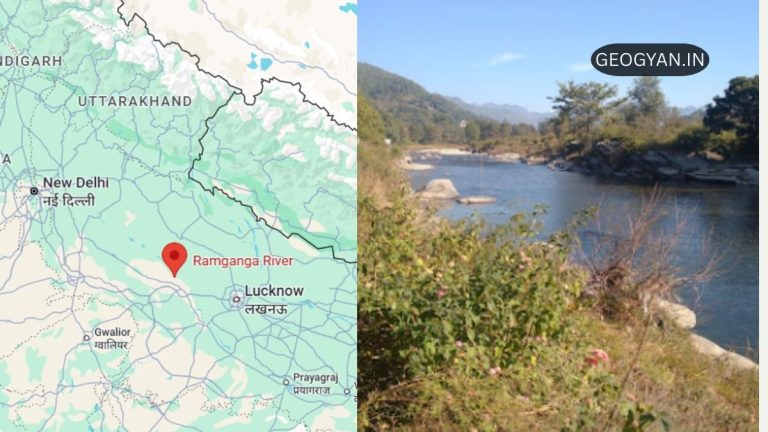In warm tropical waters, there are different types of tiny creatures like coral polyps, algae, shell-forming animals, and plants that live together in colonies. Even though they are small, they can create a unique landform in the sea by producing calcium carbonate in their cells. There are different species of these creatures in different shapes, colors, and forms, and they can grow well just under the water’s surface.
The polyps are the most important creatures because they help to create coral reefs. They live in small cups of coral and when they die, their skeletons cemented into coralline limestone and become a part of the coral reef. Some types of coral can survive in colder and deeper waters, but they usually thrive in the warm tropical waters.

Coral Reefs
Tropical seas are home to a wide variety of marine organisms, including coral polyps, calcareous algae, shell-forming creatures, and lime-secreting plants. These tiny creatures have the remarkable ability to secrete calcium carbonate within their cells, which gives rise to a unique type of marine landform. These species are diverse in terms of their form, color, and shape.
Among coral animals, polyps are the most numerous and important, residing in small cups of coral and contributing to the formation of coral reefs. When these polyps die, their skeletal remains are incorporated into coralline limestone. There are also non-rest- building species such as the ‘precious corals’ of the Pacific Ocean and the ‘Red coral’ of the Mediterranean which may survive in the colder and even the deeper waters. It is usually only the warmer tropical seas that they thrive in.


The following conditions ensure the best survival of reef-building corals.
1. The water temperature must not fall below 68°F (20°C). A coral’s distribution is virtually limited to tropical and subtropical areas. As mentioned earlier, they are not able to thrive in cold currents due to the upwelling of cold water to the surface from the depths, which cools the warm surface water.
It is for this reason that coral reefs are generally absent from the western coasts of continents. On the other hand, the warming effect of the warm currents. e.g., As a result of the Gulf Stream, corals are found far to the north of the West Indies in the Atlantic Ocean. However, coral reefs are most abundant in the Pacific and Indian Oceans.
2. The depth of the water should not exceed 30 fathoms or 180 feet, because beyond this depth sunlight is too faint for photosynthesis to take place. For coral polyps to survive, it is crucial that the microscopic algae they depend on also thrive.
The ideal environment for this symbiotic relationship is shallow water less than 100 feet deep, with plenty of saltwater and minimal sediment. It is important to note that polyps cannot survive out of the water for extended periods of time.
3. Corals survive best in areas with moving ocean water, away from silty coasts and muddy stream mouths. The seaward side of the reef provides the perfect location for coral growth, as the constant water movement from waves, tides, and currents brings ample oxygen and food in the form of microscopic organisms.





























